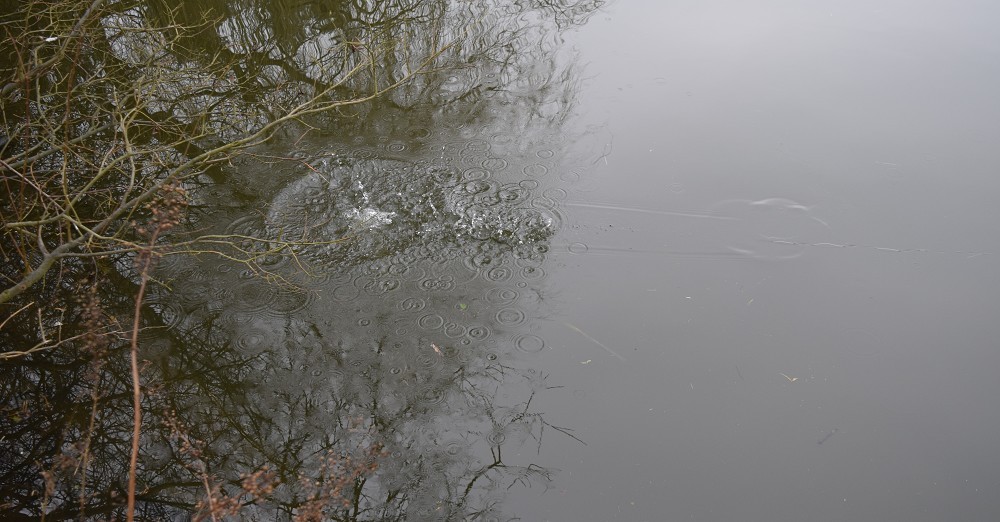
Safety & skill: Master the snags...
Luke Vardy explains how to fish to snags both safely and effectively…
Snags… more or less every venue has them and more often than not the fish can be found taking cover within this safe area of habitat, away from the angling pressure. To fish to snags you have to first of all take fish safety into consideration, before anything else.
There is a difference between snags below the surface and above the surface - both will require a similar approach to ensure maximum safety of our quarry. Above-water snags offer fewer problems when a fish becomes hooked, i.e. there is less chance of getting a fish snagged up, but on the opposite end of the scale are the below-water snags and this is the situation I will base my approach on.
For any snag fishing, the first practical thing to do is grab a pair of Polaroid glasses, observe and gain a clear understanding of the specific snag you are fishing to, as well as the behaviour of the fish when inhabiting the snag. When selecting which swim you are fishing from towards the snag, consider any underwater obstacles that could possibly cause you a problem when a fish is hooked. A fish can kite left or right on a tight line, but what they can’t do is gain line. Try to create a situation where nothing is too chance.
There’s a simple and effective way of ensuring that the fish cannot take any line once hooked. The term ‘locked up’ refers to your clutch on your reel so that no line can be taken when the fish is hooked. I advise you set up close to your rods when fishing this approach, the quicker you react to the bite the more chance you have of landing the fish.
The second step is having the correct tackle to fish to snags. You never want to put yourself in a situation where, when you hook a fish, your tackle isn’t up to the job – and you also have to ensure you’re not casting an unsafe rig to your chosen snag - so strong reliable tackle and rig components that will withstand heavy pressure during battle is a must.
For my snag fishing, I use a Size 4 GenomicMGP wide-gape style hook, attached to 15lb Micro-Strip coated braid hook length, this offers high abrasion resistance and strength. The rig and bait is down to personal preference. In this instance, I am using a trimmed down Wafter hook bait accompanied with 5 maggots wriggling above, finished off with a bag of crushed boilie and maggots.
The lead arrangement I would advise is one that can easily discard the lead quickly and effectively. A drop off in-line system or bolt clip is ideal for this situation. Moisten your tail rubber before applying to the clip and apply in a way such that minimal force is required to eject the lead, 5mm coverage of your lead clip is sufficient. I favour the Kodex lead clips with the inserted pin, which fixes your swivel into place and eases lead ejection.
You also want to use a high breaking strain mainline or, if rules allow, braided mainline. There are two main reasons for this. Firstly, heavy duty mainline and braid both offer ultimate strength and abrasion resistance, as well as less stretch when accurately clipping up to snags or commencing battle… the other reason is that with clipping up your lines you need to consider wind direction. A cross-wind will affect your distance when fishing to snags. For example, during a cross-wind it is more likely that your lead will land further away from your spot due to the bow in the line that the wind creates, so a high breaking strain helps reduce this problem. Wait for a break in the wind to clip your spot and also cast a baited rig, this ensures you’re landing your rig exactly where it should be.
A great tip is to use a bright coloured lead without a rig and try and view it from the snags once it’s casted, this allows you to view exactly where your rig is going to be in-situ once baited, particularly if the water clarity is good and the snag is of a shallow depth.
To summarise, when fishing to snags, ensure you have taken everything into account; the extents of the snag, your tackle, your approach and most of all, do not put anything to chance - fish safety is always paramount.
Until next time, be lucky…
Luke Vardy







